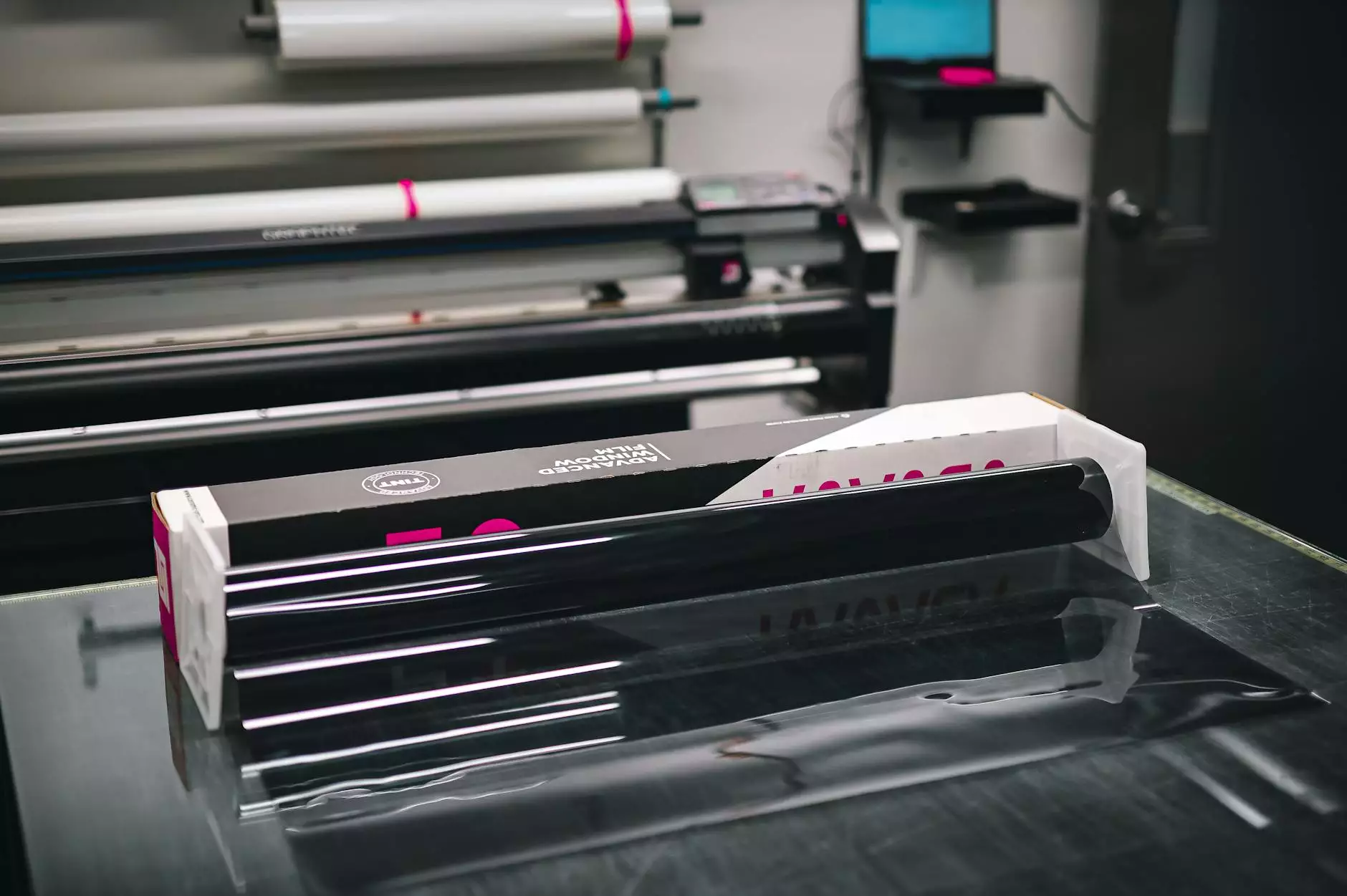Popped Blood Vessel in Leg: Understanding Causes, Symptoms, and Treatments

The phenomenon of a popped blood vessel in the leg can raise concerns for many individuals, prompting them to seek information regarding its implications. This article aims to provide a thorough examination of what it means when a blood vessel ruptures in the leg, the various causes associated with such an event, the symptoms to watch for, and the recommended treatments available. Knowledge about this condition can empower you to take proactive steps towards better vascular health.
What is a Popped Blood Vessel?
A popped blood vessel, also known as a ruptured vein, occurs when a vein breaks or tears, leading to bleeding under the skin. This can result in noticeable symptoms, including discoloration, swelling, and in some cases, pain. While this condition is often benign, it is important to understand the underlying causes and potential implications.
Causes of Popped Blood Vessels
There are several reasons why a blood vessel may rupture in the leg. Understanding these causes can help you identify any risks and seek appropriate treatment when necessary.
1. Trauma or Injury
One of the most common causes of a popped blood vessel in the leg is physical trauma. This can include:
- Sports Injuries: Activities such as running, cycling, or contact sports can lead to injuries that strain or rupture blood vessels.
- Accidental Falls: Falls can cause direct impact to the leg, leading to bruising and ruptured blood vessels.
- Repetitive Stress: Highly repetitive movements, such as those performed in some occupations, can place stress on veins.
2. High Blood Pressure
Chronic hypertension can weaken blood vessels over time, making them more susceptible to rupture. Maintaining a healthy blood pressure is crucial for vascular health.
3. Aging
As we age, our skin and blood vessels lose elasticity, which can increase the likelihood of a popped blood vessel in the leg. Aging also contributes to a higher prevalence of conditions like varicose veins, which can further predispose individuals to this issue.
4. Medical Conditions
Several medical conditions can lead to weakened blood vessels, including:
- Diabetes: High blood sugar can damage blood vessels and affect circulation.
- Clotting Disorders: Conditions that affect blood clotting can lead to ruptures.
- Vascular Diseases: Diseases such as atherosclerosis can weaken the walls of blood vessels.
5. Medications
Some medications, such as blood thinners and steroids, can increase the risk of blood vessel rupture. It’s important to discuss any medications with your healthcare provider.
Recognizing Symptoms
Symptoms of a popped blood vessel in the leg typically manifest as changes in skin appearance and may include:
- Bruising: A visible mark where the blood has pooled under the skin.
- Swelling: Inflamed tissue surrounding the ruptured vein.
- Pain or Discomfort: Mild to moderate pain may accompany the symptoms, depending on the severity.
- Red or Purple Discoloration: The skin may change color due to blood accumulation.
When to Seek Medical Attention
While many cases of a popped blood vessel in the leg resolve on their own, certain scenarios require immediate medical attention. You should consult with a healthcare provider if you experience:
- Severe Pain: Intense pain that does not improve.
- Persistent Swelling: Swelling that does not subside.
- Symptoms of Infection: Such as redness, warmth, or fever.
- Frequent Occurrences: If you experience ruptured veins repeatedly, it’s crucial to investigate further.
Diagnosis of a Popped Blood Vessel
Diagnostic procedures can include:
- Physical Examination: A doctor will assess the affected area and ask about your symptoms.
- Imaging Tests: Ultrasound or vascular imaging may be performed to examine blood flow and identify any underlying issues.
Treatment Options for a Popped Blood Vessel
Treatment strategies for a popped blood vessel in the leg vary based on the severity and underlying cause.
1. Home Care
Initial at-home treatment may include:
- Rest: Reduce activities that stress the leg.
- Ice: Applying ice packs can reduce swelling and discomfort.
- Compression: Using compression wraps may help prevent further swelling.
- Elevation: Keeping the leg elevated can help reduce blood flow to the area and minimize swelling.
2. Medications
Over-the-counter pain relief, such as ibuprofen or acetaminophen, may help manage discomfort. Always consult your healthcare provider before starting any new medication.
3. Medical Treatments
In more severe cases, a doctor may recommend:
- Endovenous Laser Therapy (EVLT): A minimally invasive procedure that treats varicose veins.
- Sclerotherapy: An injection of a solution into the vein to cause it to collapse.
- Surgery: In extreme cases where there is significant damage to the blood vessel structure, surgical intervention may be necessary.
Preventing Popped Blood Vessels
Preventive measures can significantly reduce your risk of experiencing a popped blood vessel in the leg. Consider the following tips:
- Regular Exercise: Engaging in regular physical activity promotes healthy blood circulation.
- Manage Weight: Maintaining a healthy weight reduces pressure on leg veins.
- Healthy Diet: Adequate nutrition strengthens blood vessels; rich in antioxidants and omega-3 fatty acids.
- Stay Hydrated: Proper hydration supports overall vascular health.
- Avoid Prolonged Sitting or Standing: Change positions frequently to promote blood flow.
Conclusion
A popped blood vessel in the leg can be alarming, but understanding its causes, symptoms, and treatments can empower individuals to manage their health responsibly. If you are experiencing symptoms or have concerns about your vascular health, consulting with experts like those at Truffles Vein Specialists is crucial. Their dedicated team of professionals is equipped to provide tailored medical advice and treatment options to restore your leg's health and vitality.
Taking proactive steps towards maintaining your vascular health can help you prevent future issues and live a healthier, more active life.
popped blood vessel in leg








